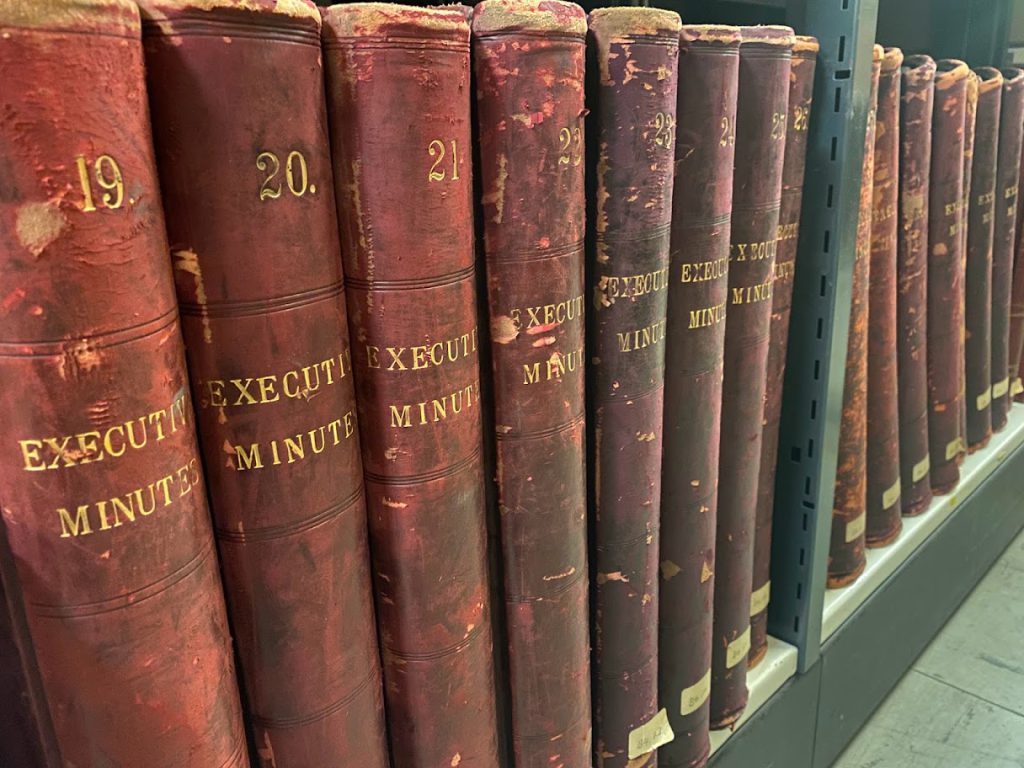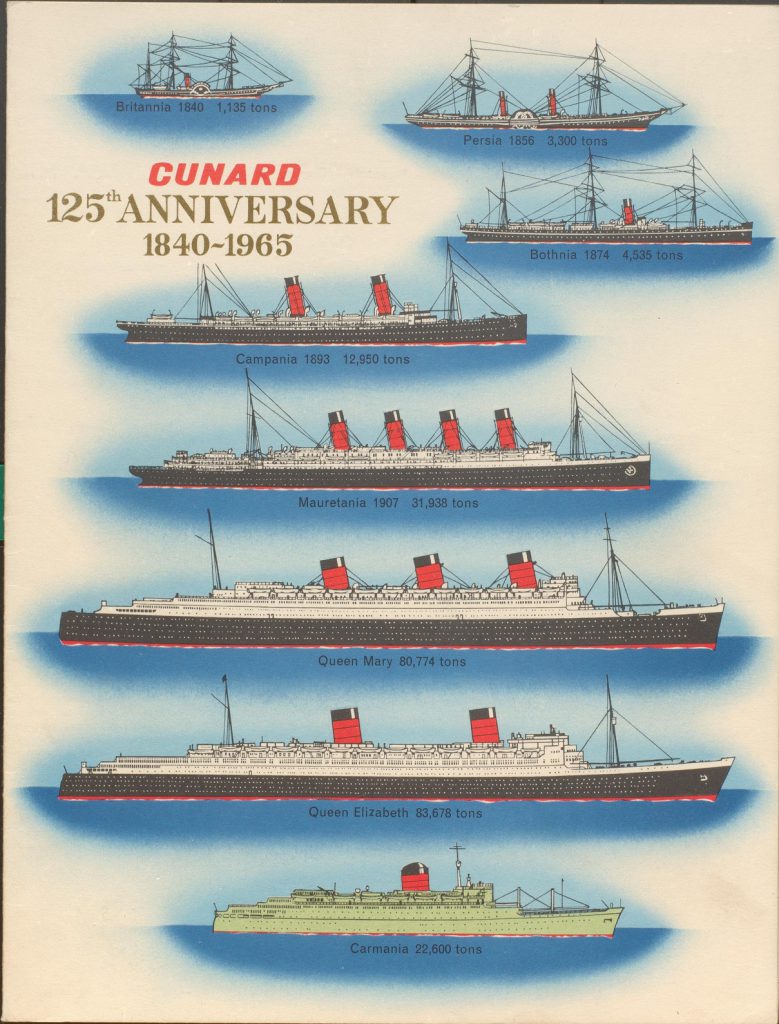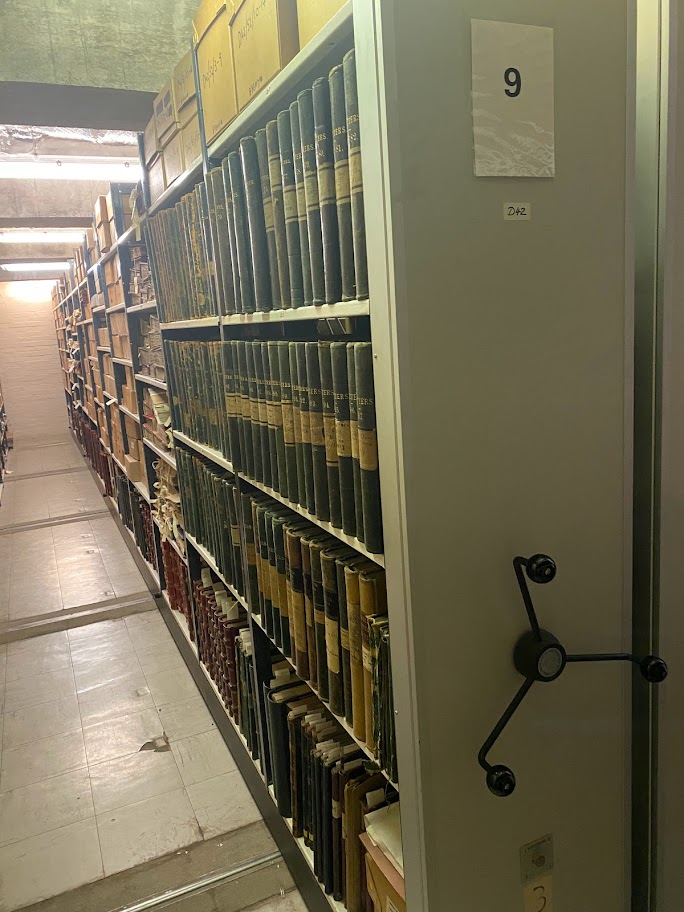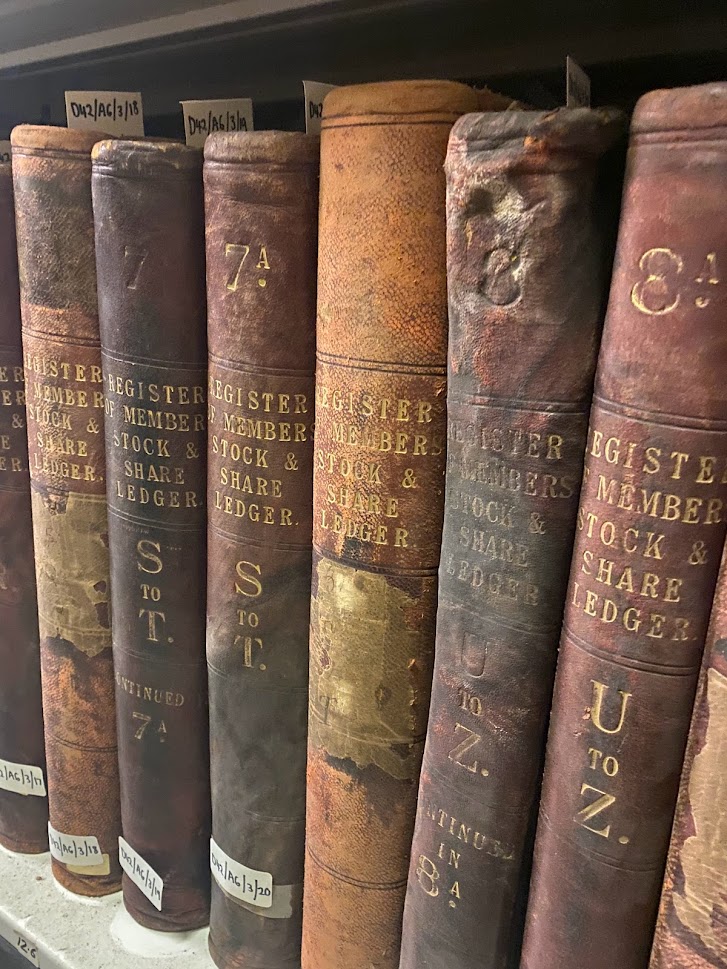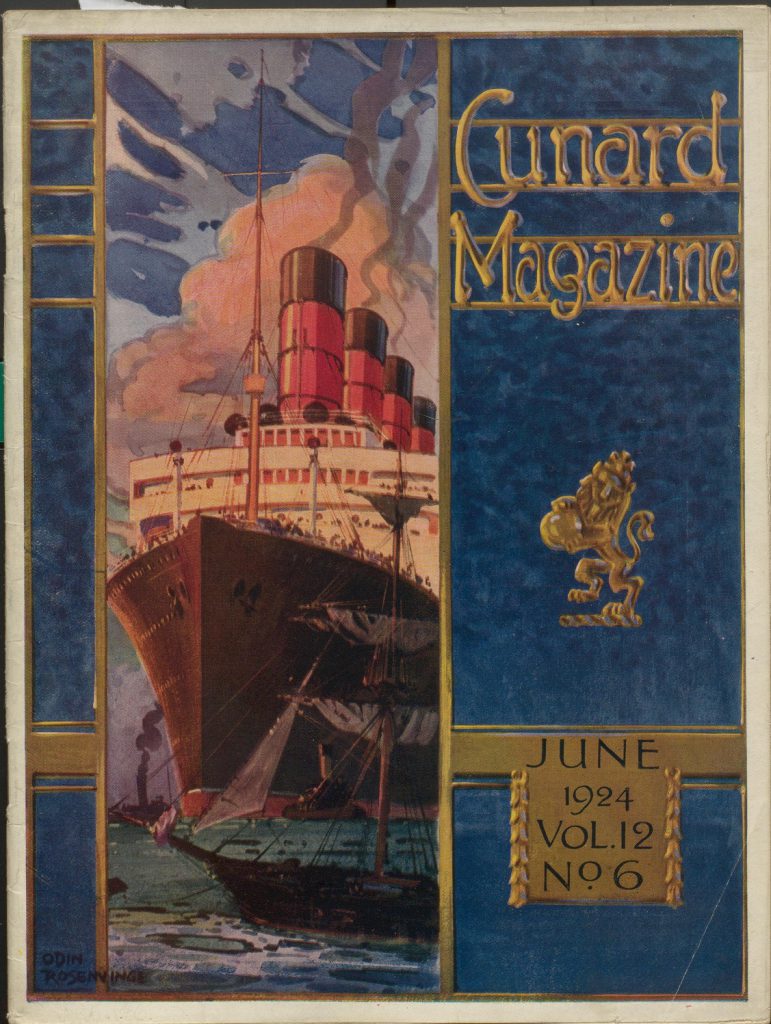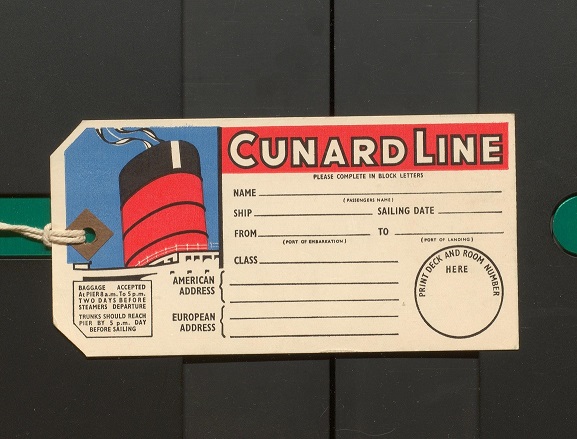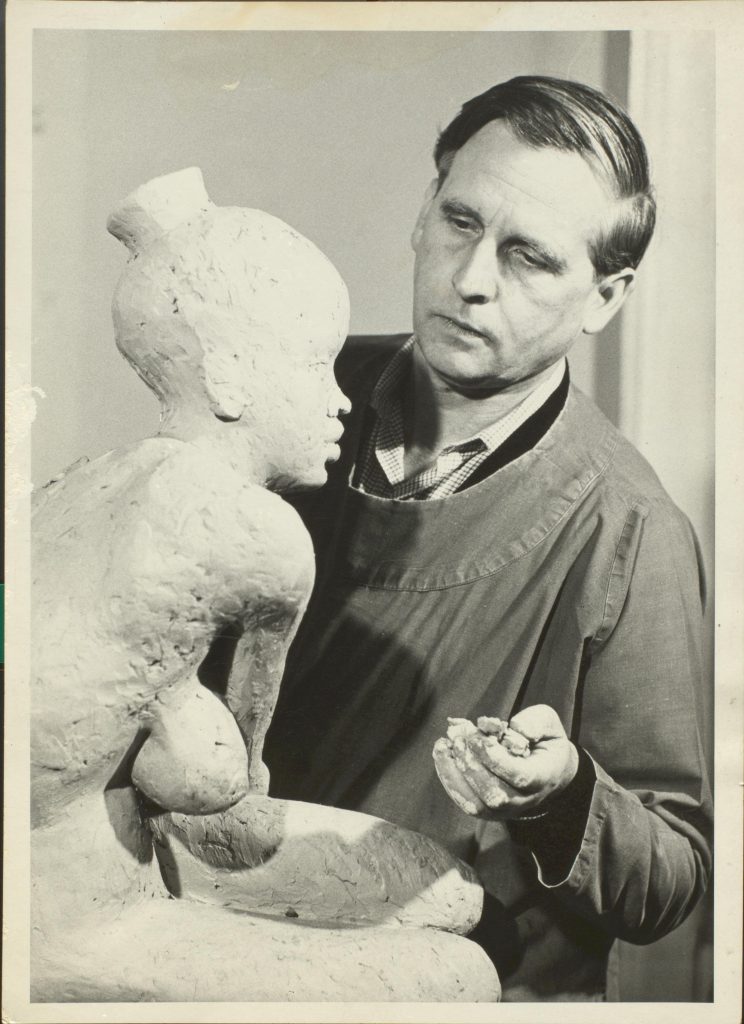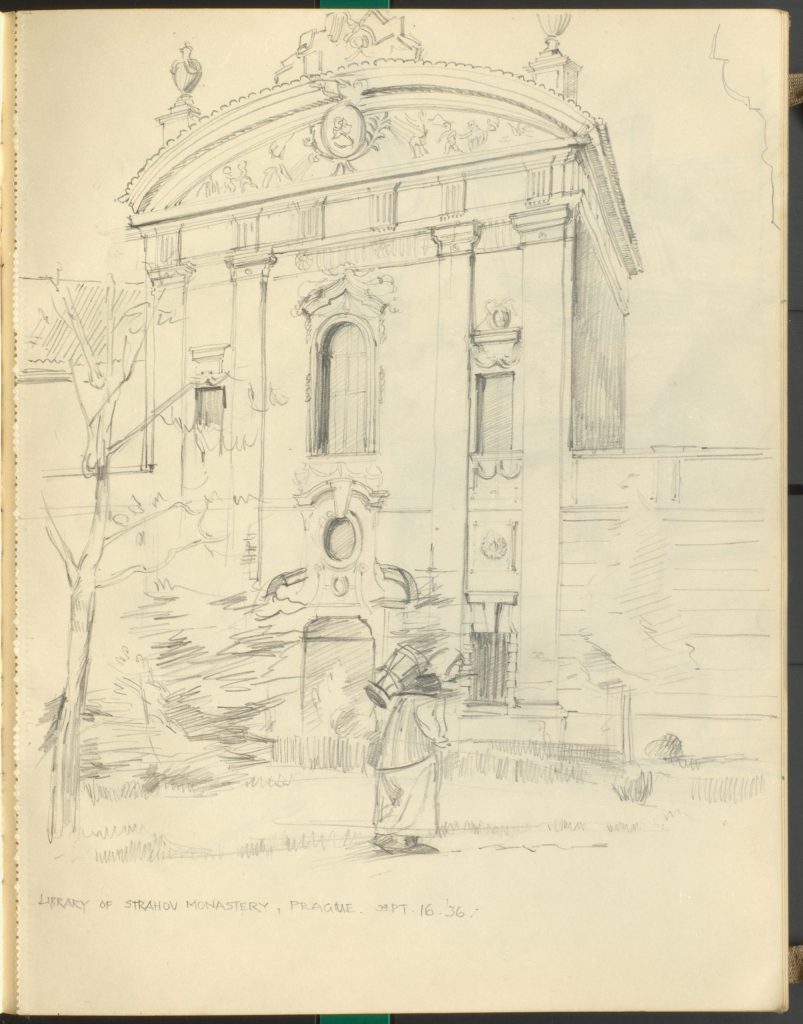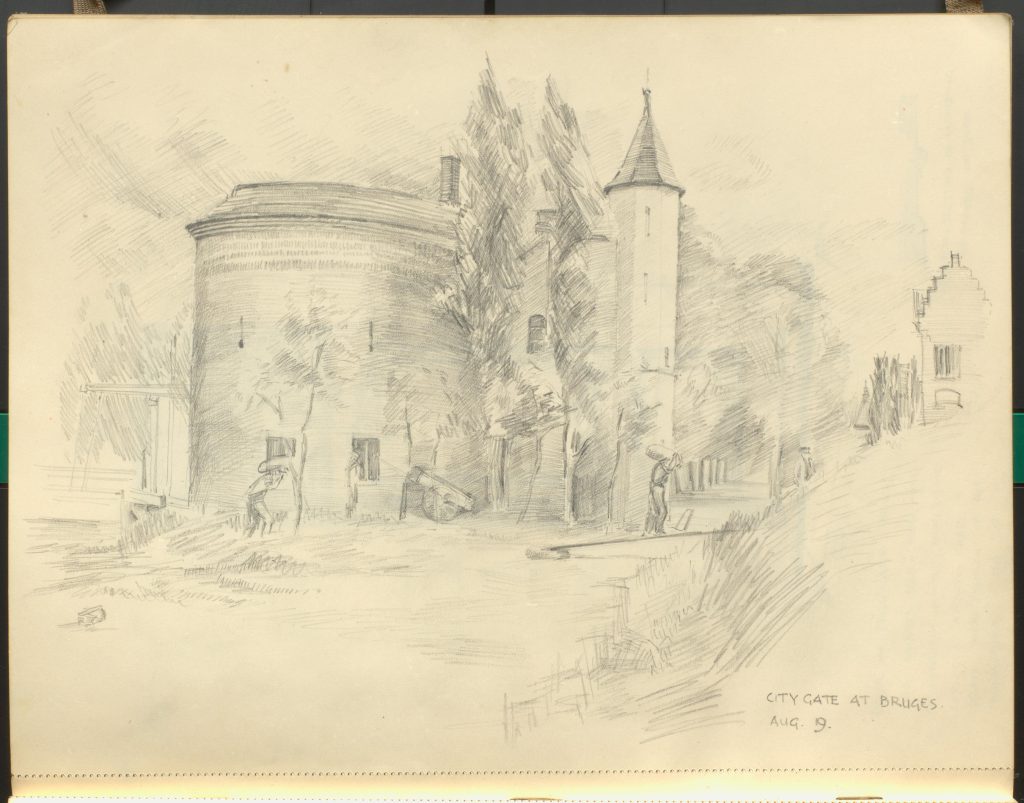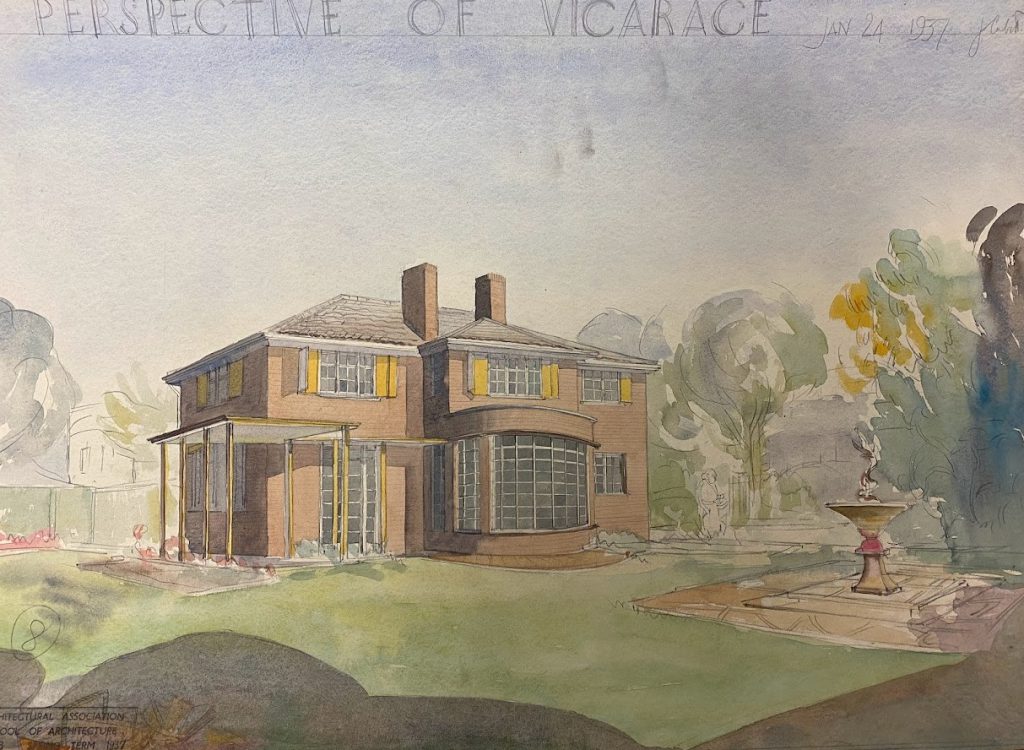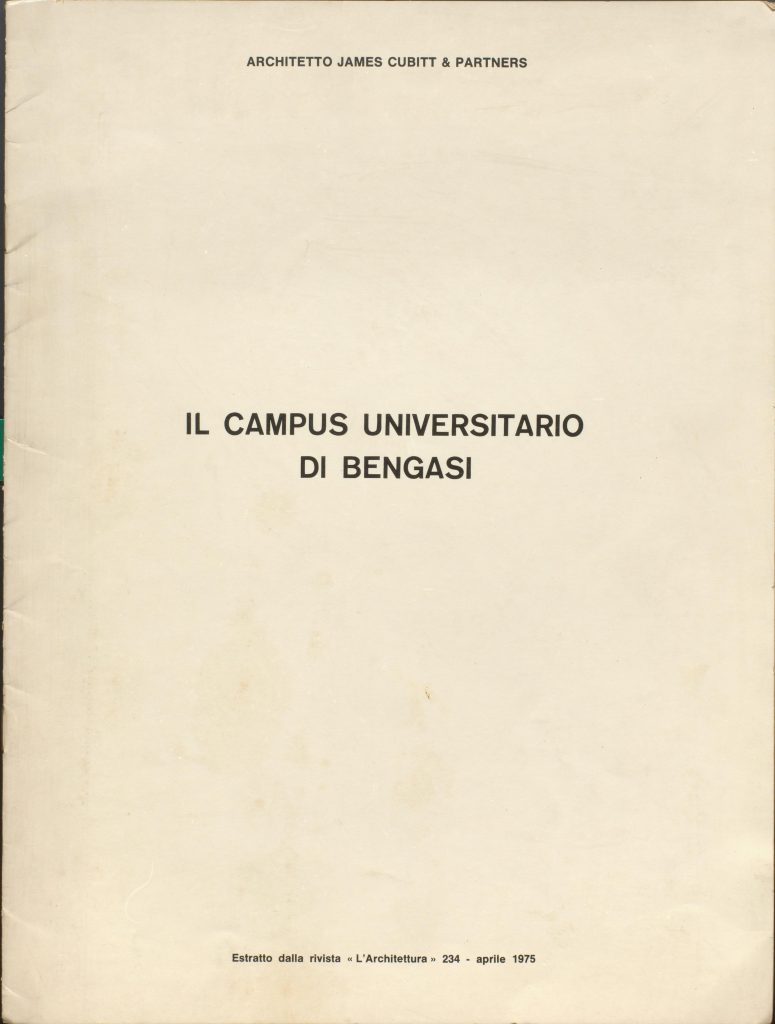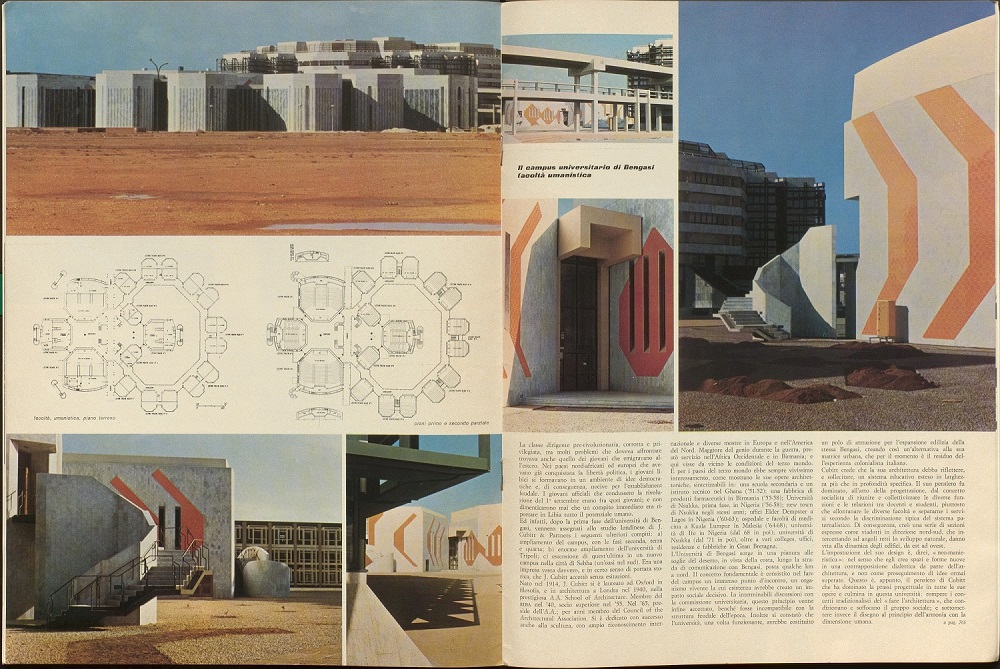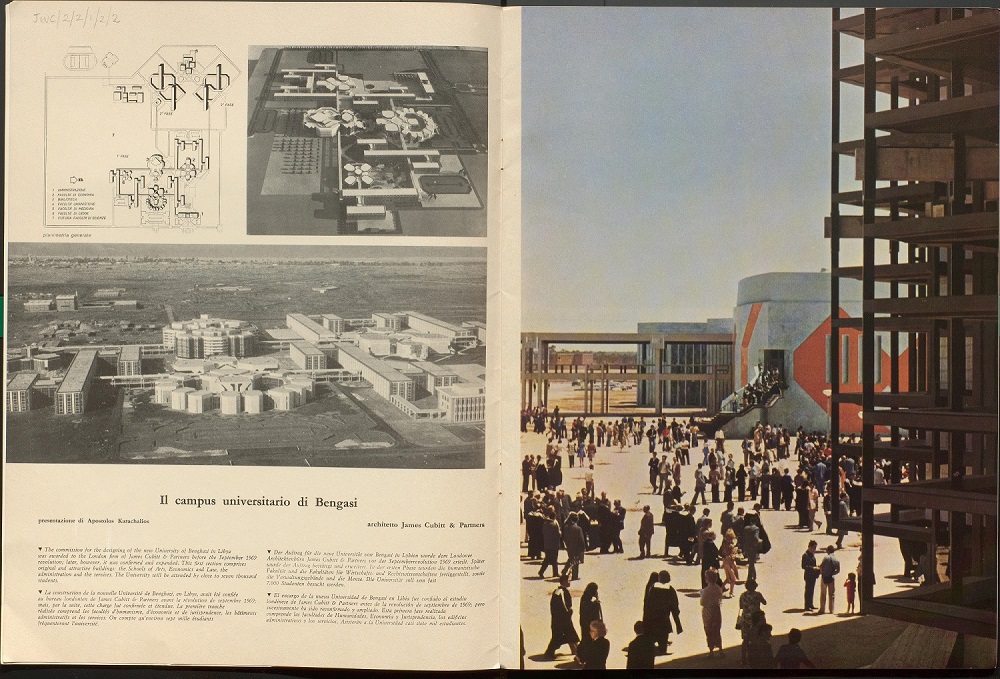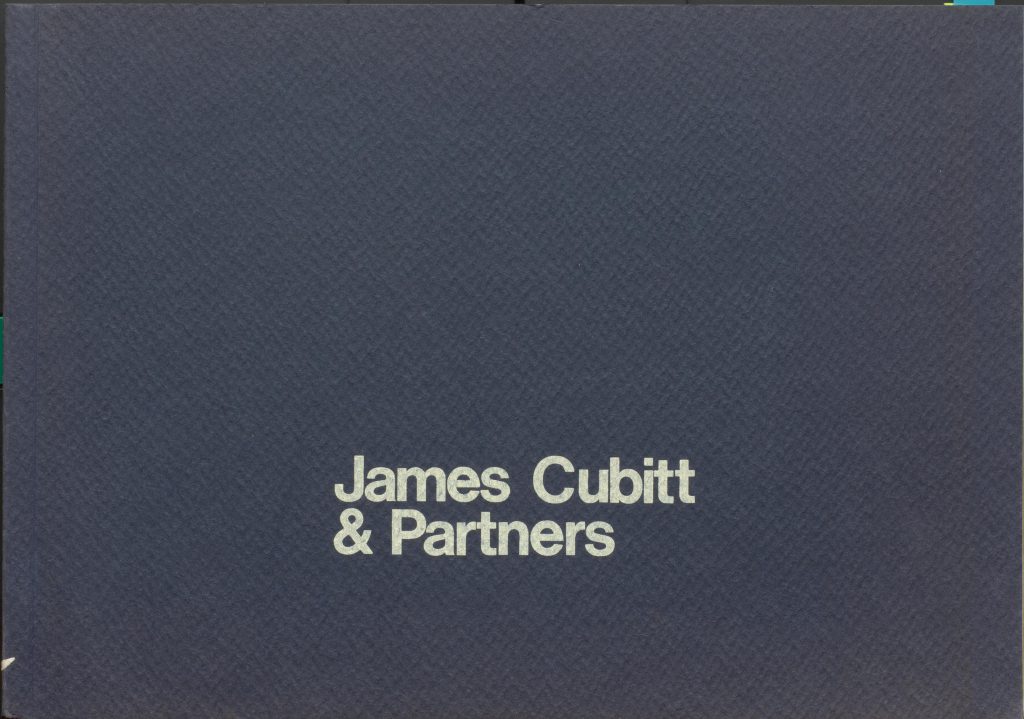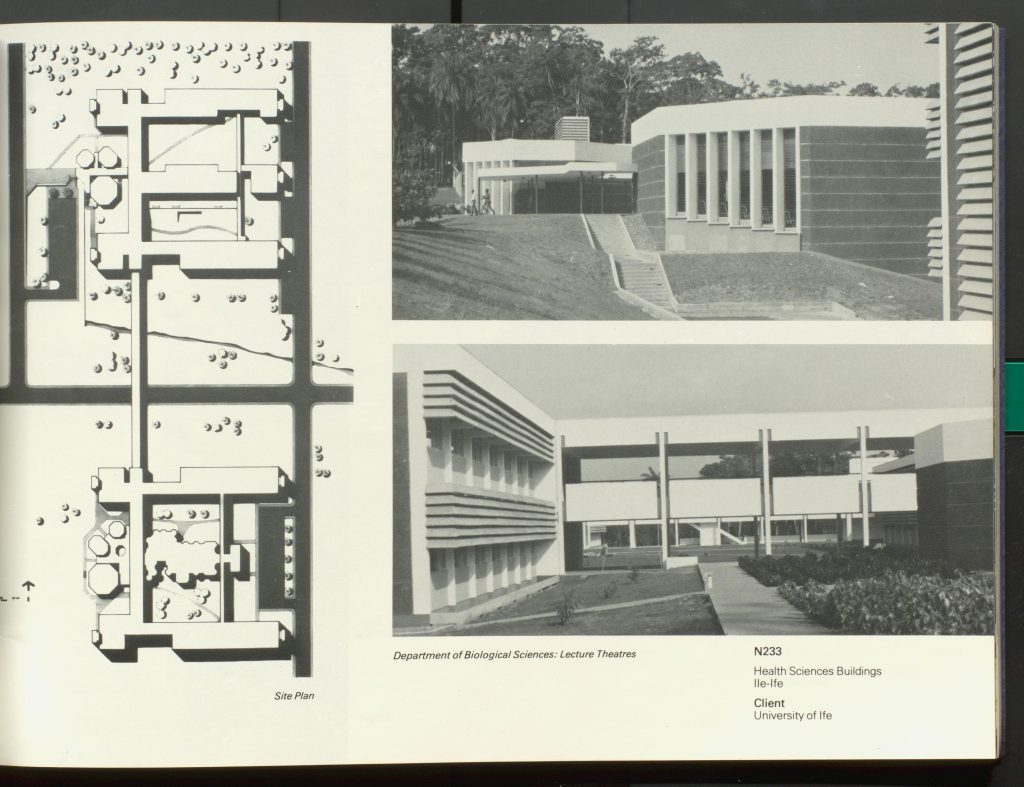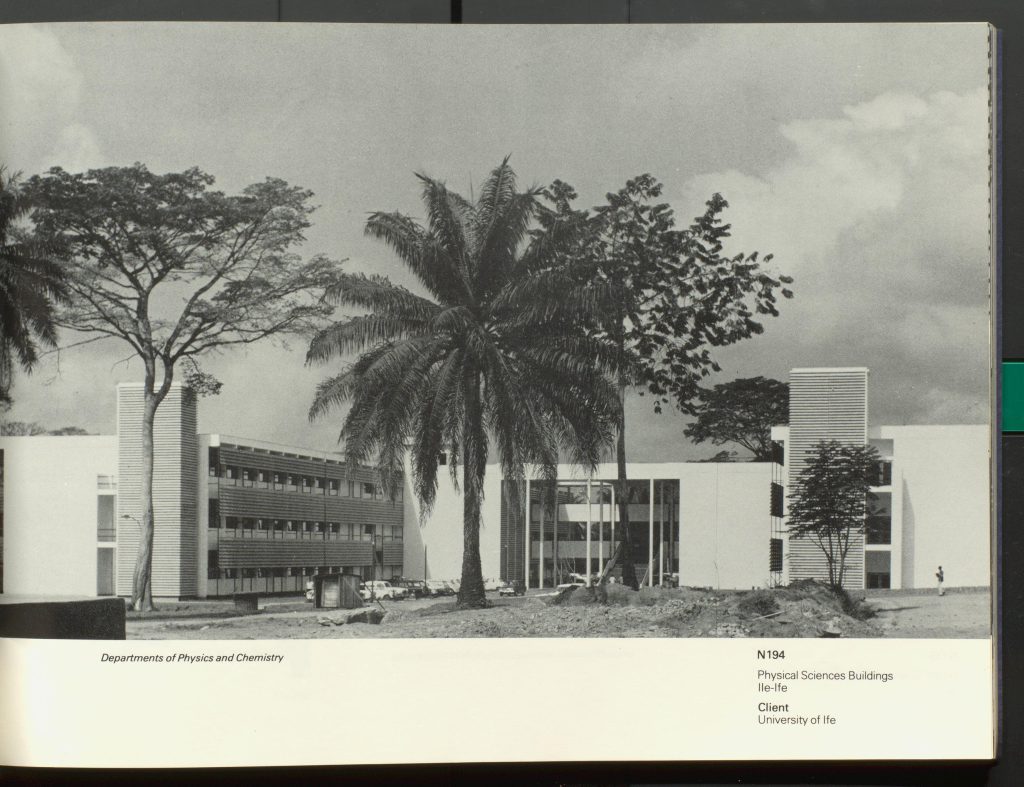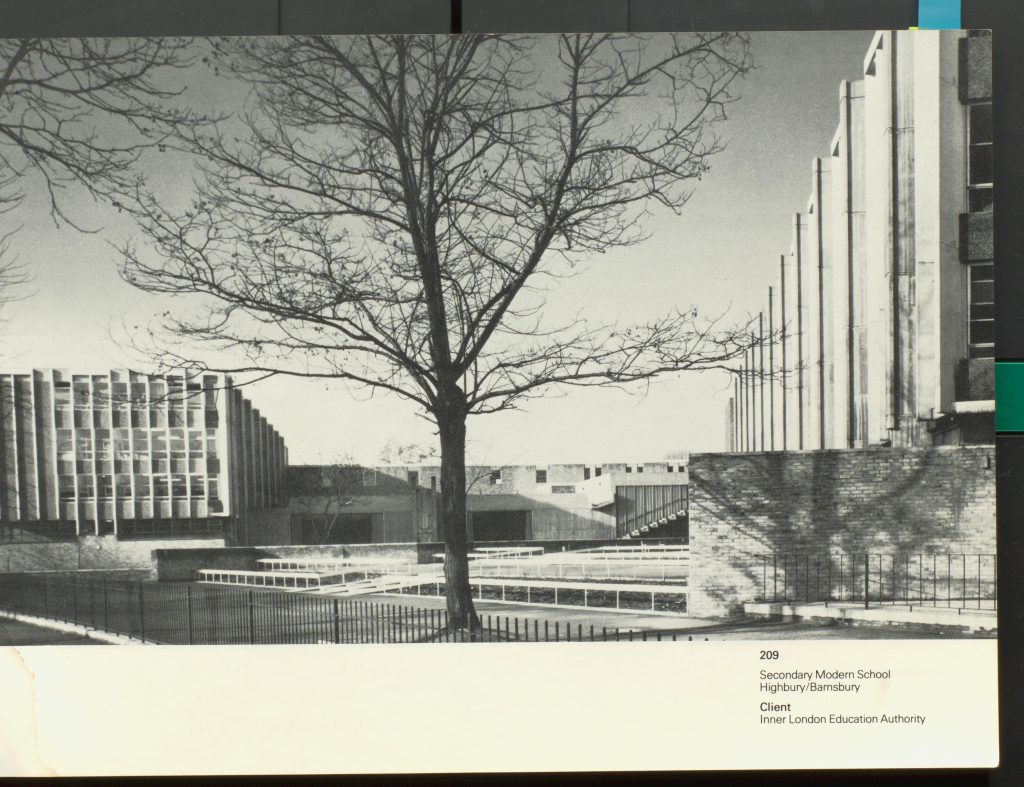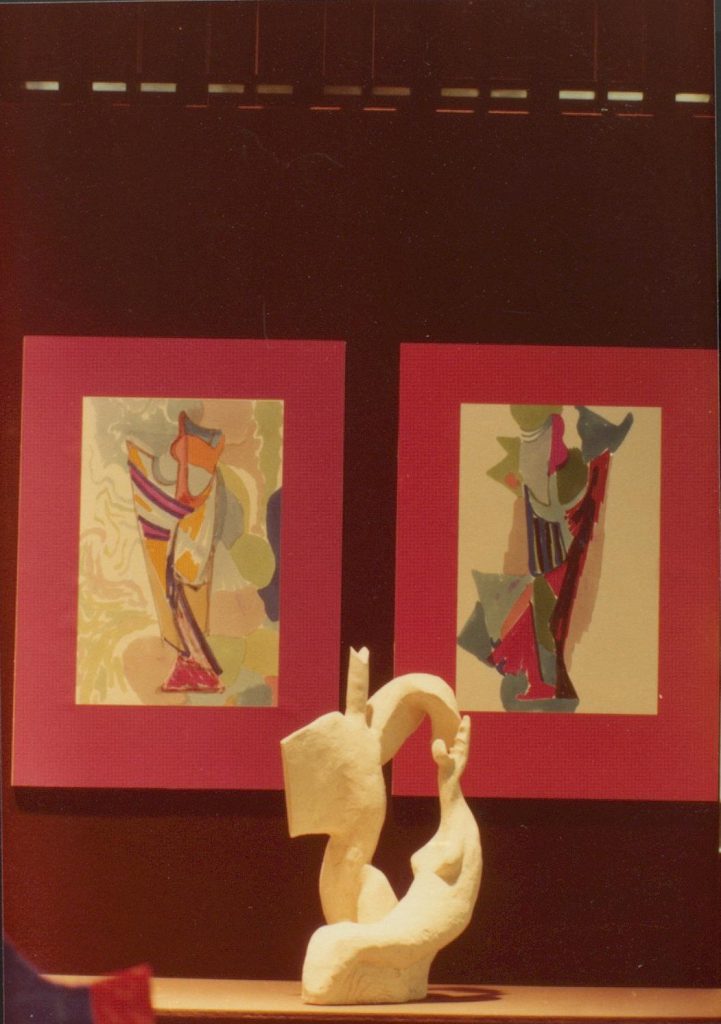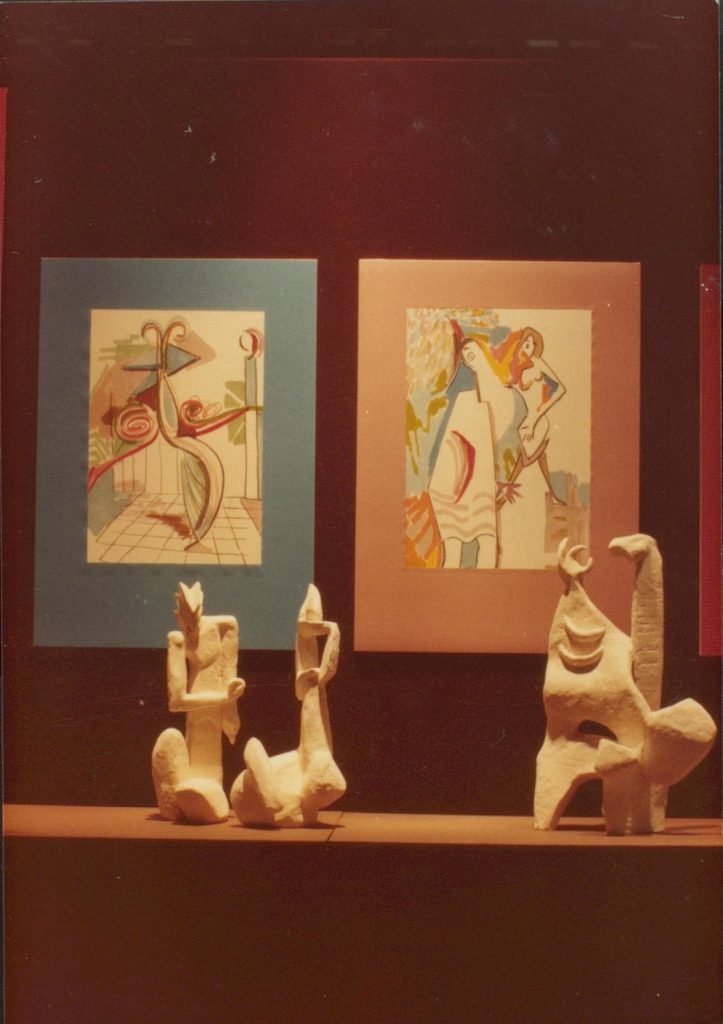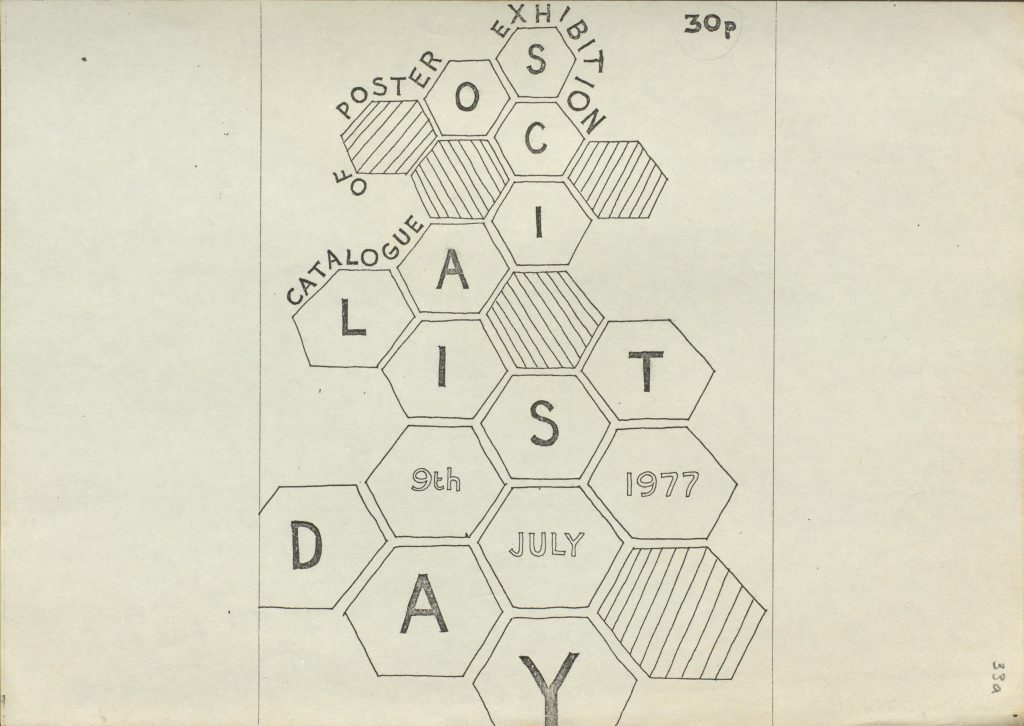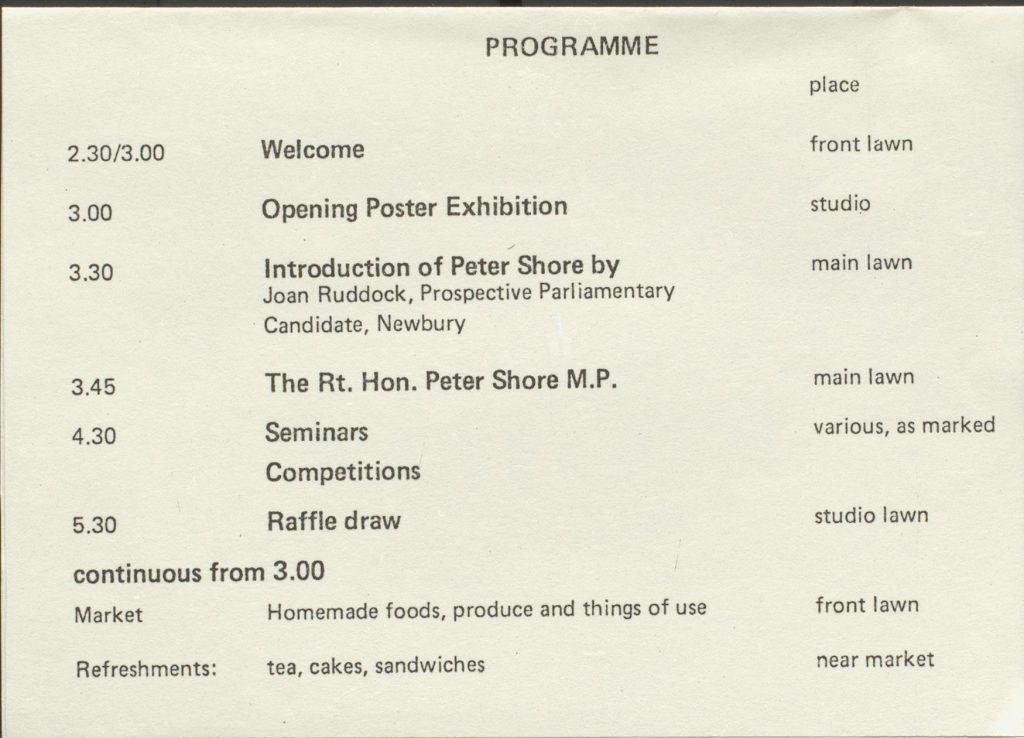Have you ever wondered what the Special Collections and Archives team do behind-the-scenes?
In this second post in the series, Beth Williams talks about her role as an Archivist at Special Collections and Archives (SCA)
As an Archivist at SCA, my role is to collect, manage and provide access to archives and records for the long term. A typical day in work for me is varied and often unpredictable – just one of the reasons why I enjoy it so much! In this blog I outline a few of my core responsibilities.
Enquiries
I am currently acting as the point of contact for all enquiries relating to the archive of the Cunard Steamship Company. The Cunard Archive is a business archive owned by the Cunard Company themselves.
In the last month I have responded to enquiries from news and media companies, academic researchers, and members of the public. To do so I must search for relevant records amongst the 400 linear metres worth of Cunard related archival material in our stores.
Donations
One part of my role is to process donations to the archive. It’s a privilege to connect with donors across the world and to be entrusted with people’s treasured memories. Recent donations have included the collected papers of former medical student and Guild President in 1963-1964, John Hurdley. Comprising photographs, newspaper cuttings and ephemera, such as dinner menus and event programmes, the collection gives a rounded reflection of what student life was like during the period.




We have also recently received some Cunard material from a donor who emigrated to the US in 1958 with her parents, returning in 1960. The collection includes passenger lists, postcards, dinner menus and programmes from voyages on the Queen Elizabeth and Britannia. There are also some more personal items such as US Department of Justice cards and a charm bracelet with a ship charm bought on the Queen Elizabeth.


Cataloguing
New material that comes to the archive needs to be catalogued. Cataloguing the items means to describe them, recording details such as the date, extent and where they came from, so that future users will firstly be able to discover their existence and then have all the information they need to use them in their research.
I have recently catalogued the papers of the architect and sculptor James Archibald William Cubitt (1914-1983). With no original order in place, I organised the material into rational sections: Cubitt’s student work; Cubitt’s work as an architect; Cubitt as an artist and sculptor; and Cubitt’s personal papers. After first listing the items on Microsoft Excel, I entered the information into specialised collection management software. The catalogue for the papers of James Cubitt is now available to view online.
During the cataloguing process it is a pleasure to have a small insight into someone’s life, and gratifying to know that my work means that the papers will be available for use by generations to come.
Caring for Collections
The preservation and storage of material is another important part of my role. This can be the care of physical collections, for instance, making sure any packaging materials are acid free and monitoring the temperature and humidity levels of the archive stores. But it can also be the care of audio-visual and digital material. This work includes digitising at-risk media such as audio cassette tapes, saving content from potential loss as well as making it more accessible. For instance, recently digitised film reels showing student life in the 1950s are available to view on our YouTube Channel: https://youtube.com/playlist?list=PLne9mlvtT1PV1V8N2z0LPhJzkAZmS_nMc .




Born digital material also needs to be managed. As new software emerges or old versions of software are updated, file format obsolescence can become an issue. Digital content can be rendered unusable. Information must be migrated to more stable formats to ensure files are readable for future generations. Content then needs to be continuously managed to ensure files remain secure and unchanged.
You can read more about the challenges of digital preservation in our recent exhibition ‘Banned, binned, bombed’
…
One of my favourite parts of my role as an Archivist at SCA is the way in which archival material connects me to people and their stories. Whether that is to the people who donate their papers, to the people that use them for their research, or to the people who feature in the records themselves.
For more information about the material held within the archive and how to access it please go to our website at https://libguides.liverpool.ac.uk/library/sca . Perhaps you have your own story to discover.
